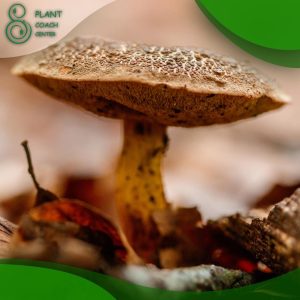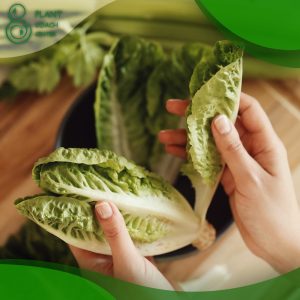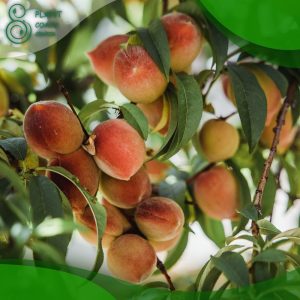Introduction
Cherries, with their unmistakable sweet or tart flavor, are a favorite among fruit lovers worldwide. But have you ever paused mid-bite and wondered, ‘how do cherries grow?’ Well, you’re about to find out! PlantCoachCenter.com brings you this comprehensive guide on the fascinating journey of cherry cultivation.
Types of Cherry Trees
Before we dive into the intricacies of how cherries grow, let’s take a quick look at the trees that produce these delightful fruits.
Sweet Cherry Trees
Sweet cherry trees, as the name suggests, bear fruits that are sweet and ideal for eating fresh. Varieties like Bing, Rainier, and Lapins fall under this category.
Sour or Tart Cherry Trees
Sour or tart cherry trees produce cherries that are tart and more suitable for cooking and baking. The Montmorency cherry is a popular variety in this category.
Life Cycle of a Cherry Tree
The life cycle of a cherry tree begins with a seed, which grows into a sapling and eventually, a mature tree that bears fruit. This process takes several years and requires specific conditions for successful growth and fruiting.
How Do Cherries Grow
Now, onto the crux of our discussion: how do cherries grow? Let’s break this process down into several key stages.
Site Selection
Choosing the right site is crucial for cherry trees. They need full sun and well-drained soil to thrive.
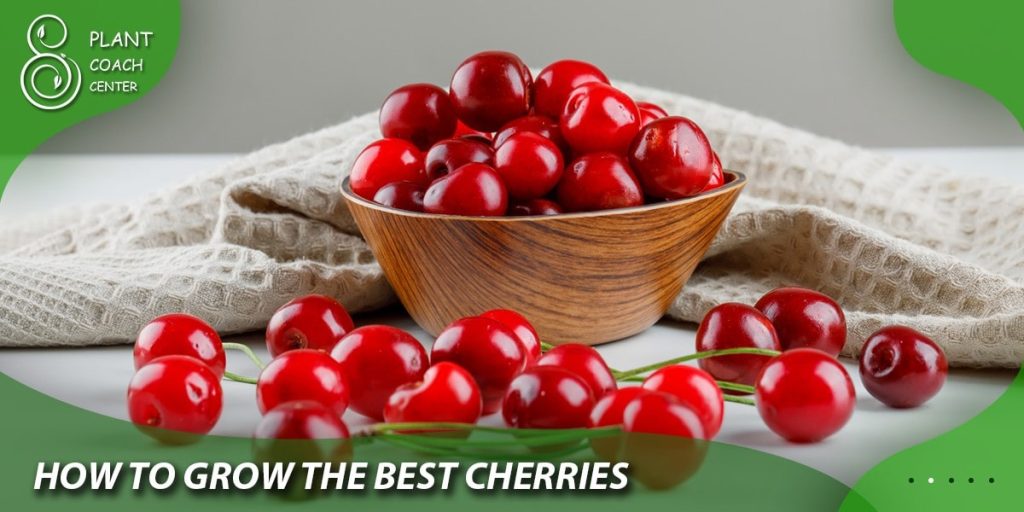
Planting Cherry Trees
The best time to plant cherry trees is in late winter or early spring when they are dormant. Planting cherry trees involves digging a hole twice as wide and just as deep as the root ball, placing the tree in it, backfilling the hole, and watering thoroughly.
Watering Cherry Trees
Cherry trees, especially young ones, need regular watering. However, avoid overwatering as it can lead to root rot.
Pruning Cherry Trees
Pruning helps maintain the tree’s shape and promotes better fruit production. It should be done during the dormant period, typically in late winter.
Protecting Cherry Trees from Pests and Diseases
Regular inspection and timely intervention are essential to protect cherry trees from pests and diseases like cherry fruit flies and brown rot.
When to Harvest Cherries
Cherries are usually ready for harvest in late spring or summer, depending on the variety and growing conditions.
How to Harvest Cherries
Cherries should be picked with the stem attached to prevent the invasion of pests and diseases.
Interesting facts about cherries
Here are some interesting facts about cherries:
1. Cherry Trees in Full Bloom: Japan is well-known for its cherry blossom or “sakura” season, where cherry trees (Prunus serrulata), which actually do not produce edible fruit, bloom en masse, and creating breathtaking landscapes.
2. Cherries and Birds: Birds love cherries! Farmers often have to use nets to protect their cherry crops from hungry birds.
3. Cherries and Melatonin: Cherries, particularly tart cherries, are one of the few food sources that contain melatonin, a hormone that helps regulate sleep cycles.
4. Historical Significance: Cherries have a long history and have been consumed since prehistoric times. Archaeologists have found cherry pits in several Stone Age caves in Europe.
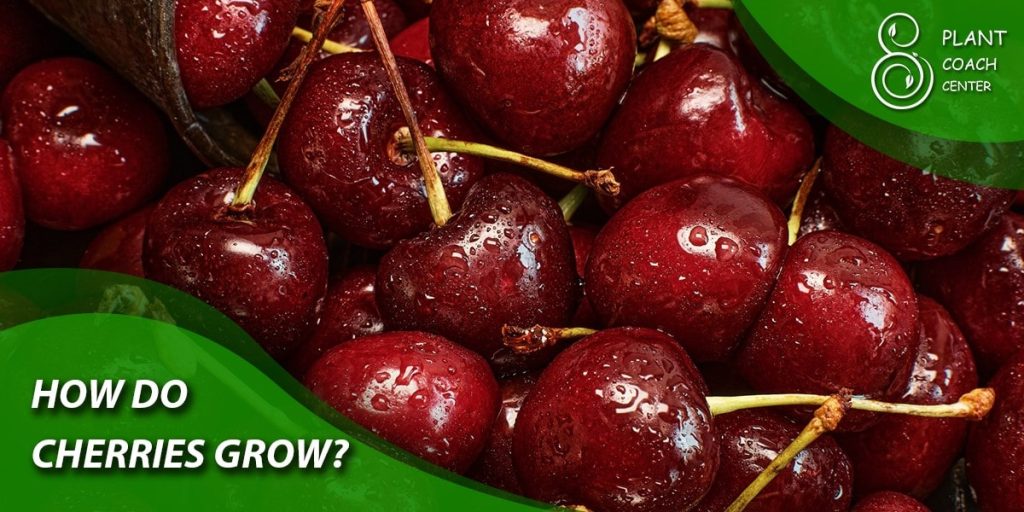
5. Cherry Pits and Cyanide: Cherry pits, along with other parts of the cherry tree, contain cyanogenic compounds that can produce cyanide. So, it’s important not to consume the pits!
6. Record-Breaking Cherry Tree: The largest cherry tree in the world is located in Japan. This tree stands about 16.5 meters tall and 20 meters wide!
7. Cherries and Gout: Studies have found that consuming cherries might help lower the risk of gout attacks.
8. Cherry Production: Turkey is the largest producer of cherries in the world.
9. A Cherry’s Travel: Incredibly, a cherry tree can produce around 7000 cherries each year. If lined up, these cherries can cover more than two complete rounds of a soccer field!
10. Cherries in Space: In 2019, Japan’s space agency, JAXA, sent cherry tree seeds to the International Space Station. The seeds were later planted back on Earth and surprisingly bloomed much sooner than expected!
Defending Cherry Trees: A Guide to Common Diseases and Prevention
Cherry trees, like any other fruit tree, are susceptible to various diseases. Here are some common diseases that can affect cherry trees, and a few tips on how to prevent or manage them:
1. Brown Rot (Monilinia fructicola): Brown rot is a fungal disease that affects the fruit, blossoms, and small branches of cherry trees. It is characterized by brown, shriveled fruit and can lead to fruit rotting on the tree. To prevent brown rot, maintain proper air circulation by pruning the tree, and apply a fungicide during the blooming period.
2. Powdery Mildew (Podosphaera clandestina): This fungal disease appears as a white powdery substance on the leaves and shoots of cherry trees. It can cause leaves to curl, yellow, and drop prematurely. To manage powdery mildew, ensure proper air circulation through pruning and use a fungicide as needed.
3. Cherry Leaf Spot (Blumeriella jaapii): Cherry leaf spot is another fungal disease that causes small, purple to brown spots on the leaves. Severely affected leaves may turn yellow and fall off. To control this disease, clean up fallen leaves, prune to improve air circulation, and use a fungicide if necessary.
4. Bacterial Canker (Pseudomonas syringae): Bacterial canker causes sunken, dark lesions on branches and trunks, and can also lead to gummosis (a gummy substance oozing from the tree). To prevent bacterial canker, avoid wounding the tree while pruning and keep the tree healthy through proper care. If canker is detected, prune out the infected branches.
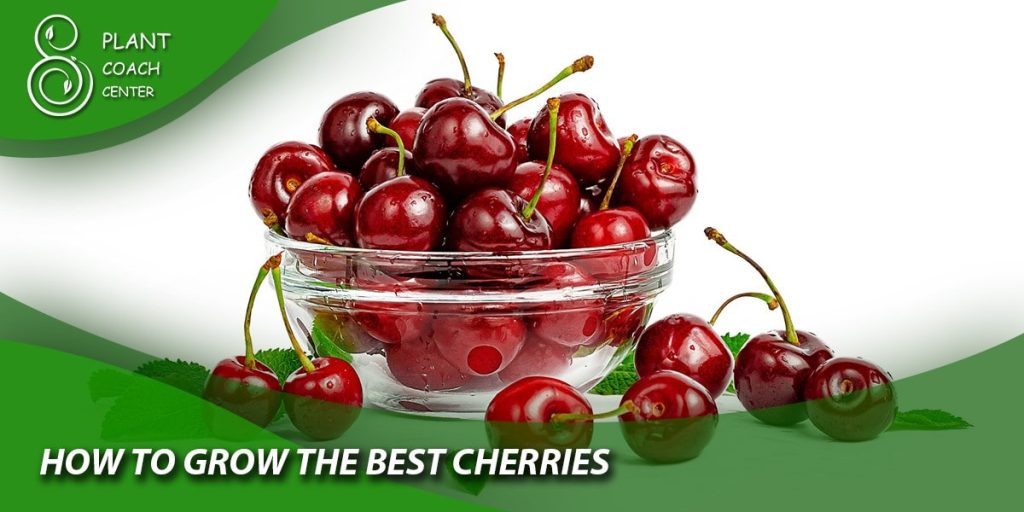
5. Black Knot (Apiosporina morbosa): Black knot is a fungal disease that causes black, swollen growths on branches and twigs. To manage black knot, prune out and destroy affected branches during the dormant season.
6. Crown Gall (Agrobacterium tumefaciens): Crown gall is a bacterial disease that causes tumor-like growths at the base of the trunk or on the roots. There is no cure for crown gall; infected trees should be removed and destroyed to prevent the spread of the disease.
7. Root Rot (Phytophthora spp.): Root rot is caused by a soil-borne fungus that thrives in poorly drained soil. Affected trees may exhibit yellowing leaves, reduced growth, and dieback. To prevent root rot, plant cherry trees in well-draining soil and avoid overwatering.
8. Verticillium Wilt (Verticillium spp.): This soil-borne fungal disease causes wilting, yellowing, and browning of leaves, as well as branch dieback. There is no cure for Verticillium wilt; the best approach is prevention by planting resistant varieties and maintaining good tree health.
To maintain the overall health of your cherry tree and prevent these diseases, it’s important to practice proper care, including regular watering, fertilization, pruning, and pest control. Additionally, keep the area around your tree clean and free of fallen leaves and fruit, which can harbor disease-causing pathogens.
Conclusion
Growing cherries can be a rewarding experience, albeit one that requires patience and care. From understanding the different types of cherry trees and their life cycles, to learning about site selection, planting, care, and harvesting, we hope this guide has answered your question: ‘how do cherries grow?’ Remember, each cherry tree is unique and might require specific care. So, keep learning, keep growing, and soon, you’ll be enjoying your own delicious cherries!
What type of soil is best for cherry trees?
Cherry trees prefer well-drained, loamy soil with a pH between 6.5 and 7.5.
How long does it take for a cherry tree to bear fruit?
On average, sweet cherry trees start bearing fruit 4-7 years after planting, while sour cherry trees can start as early as 3-5 years.
Do cherry trees need a lot of sun?
Yes, cherry trees require full sun exposure for optimal growth and fruiting.
Can I grow a cherry tree from a cherry pit?
Yes, you can grow a cherry tree from a cherry pit.
How should I prune my cherry tree?
Prune your cherry tree during its dormant period, usually in late winter.
Do cherry trees need a pollinator?
Some cherry tree varieties are self-fertile, while others require a different variety for cross-pollination. Be sure to check the requirements of your specific variety.




